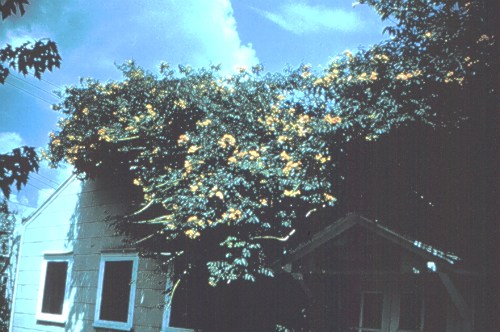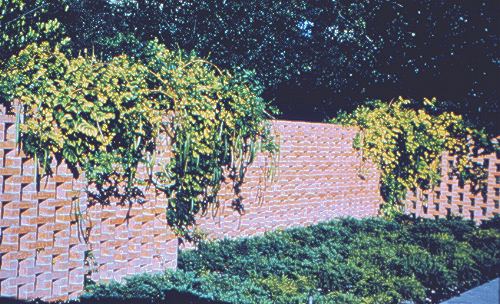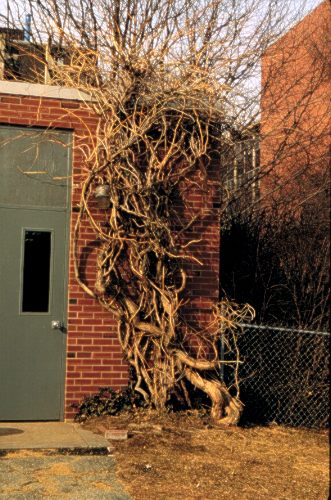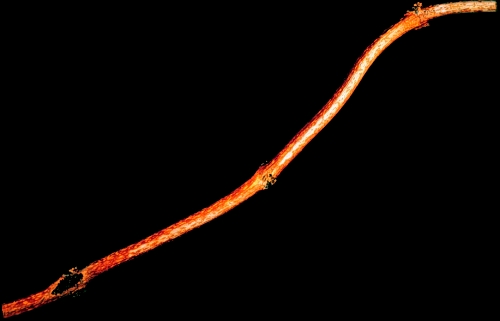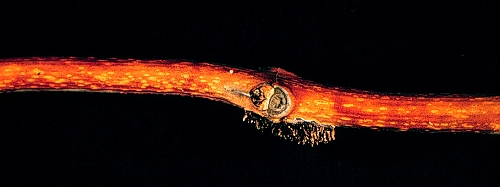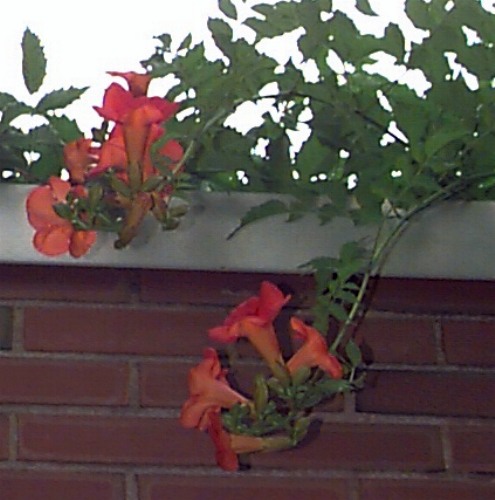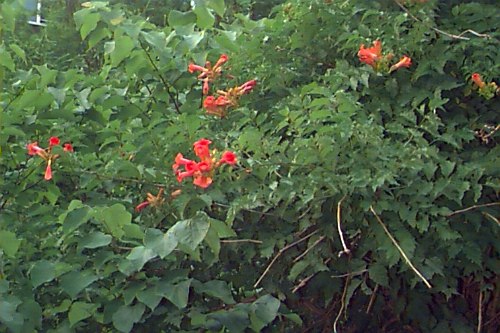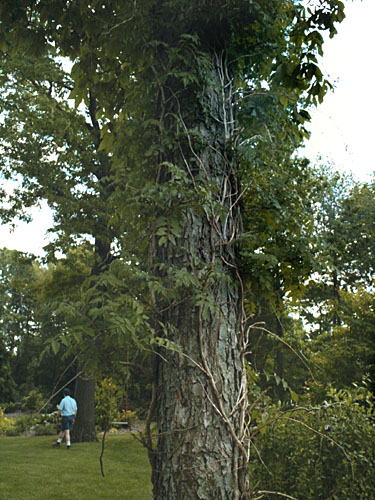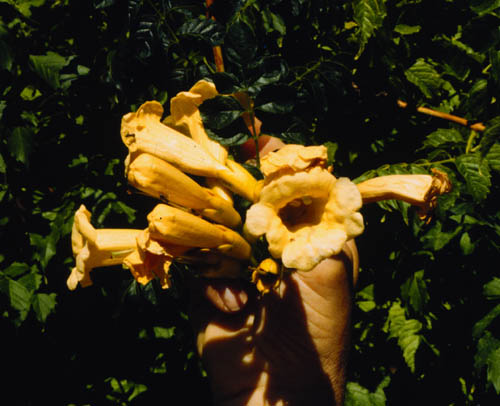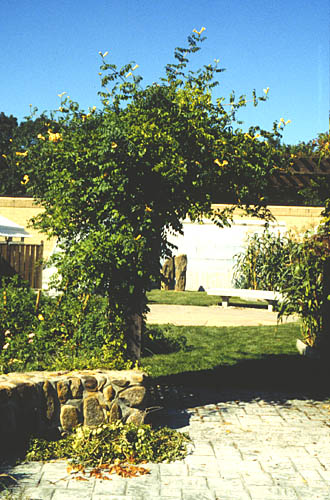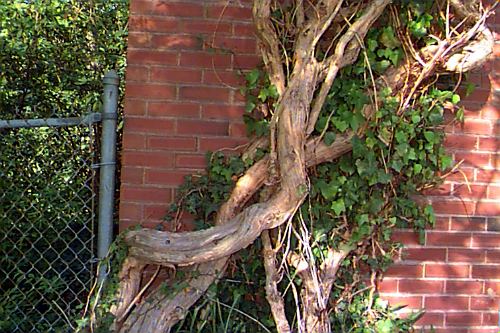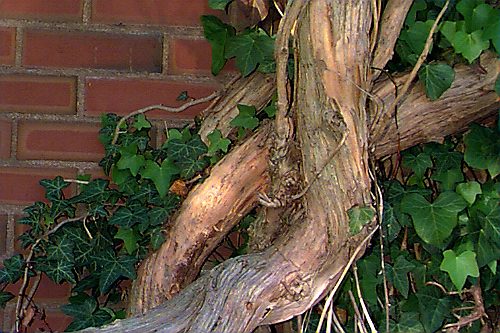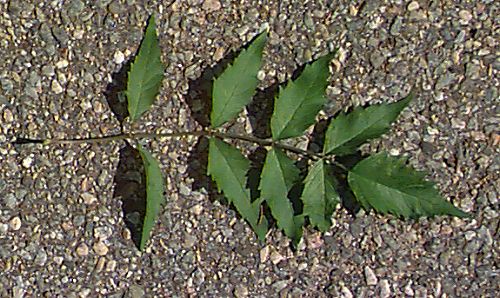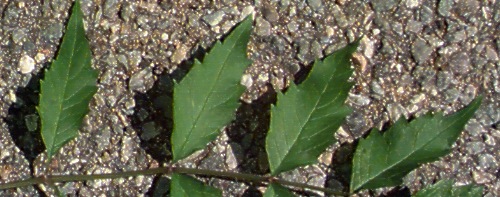Campsis radicans
Common Trumpetcreeper, Trumpet Vine
Bignoniaceae
ExpandHabitat
- native to the eastern and south central United States
- hardy to zone 4
- Special Note: This species has demonstrated an invasive tendency in Connecticut, meaning it may escape from cultivation and naturalize in minimally managed areas. For more information, .
Habit and Form
- a deciduous climbing vine
- 30' to 40' tall or wide depending if growth is supported upright or creeping
- has rootlike holdfasts
- vigorous grower
Summer Foliage
- opposite deciduous leaves
- pinnately compound, 7, 9, or 11 leaflets
- coarsely toothed
- somewhat shiny, dark green color
- late to leaf out in spring
Autumn Foliage
- fall color is poor
- yellow-green
Flowers
- showy, tubular flowers
- 2.5" to 3" long and 1.5" wide at the mouth
- orange-scarlet colored
- born in clusters of 4 to a dozen at the terminals
- blooms on new growth
- July through August bloom period
Fruit
- a 3" to 5" long capsule about 0.75" wide
- somewhat shaped like a peapod that tapers more at the ends
- seeds are flattened with 2 wings
- change from green to tan
Bark
- light tan
- slightly exfoliating on old trunks
Culture
- very easy to grow
- not particular as to soil as long as its not waterlogged
- pruning back or thinning may be beneficial
- full sun
Landscape Use
- as a screen
- to cover rock piles
- train up a lattice or trellis
- useful for mid-late summer bloom
- flowers attract hummingbirds
Liabilities
- a rampant grower, so need room to develop
- late to leaf out, but this is a minor issue
- a poor climber that may need extra support to grow vertically
- can get some twig dieback in cold years in the colder part of zone 4
- no diseases or insects are particulary problematic
ID Features
- bundle scar in a U-shaped ring
- root-like aerial holdfasts typically abundant
- opposite leaves
- pinnately compound leaves, coarsely toothed
- trumpet-shaped red/orange flowers
- light tan bark
Propagation
- stratified seeds
- softwood cuttings
- root cuttings
Cultivars/Varieties
'Crimson Trumpet' - Has redder flowers than the species, no orange hue. Vigorous grower.
'Flava' - Has yellow or yellow-orange flowers. Otherwise similar to the species. Considered by many to be superior to the species.
'Madame Galen' (or 'Mme Galen') - A hybrid with C. grandiflora, this is a common commercial selection with vivid orange-apricot blooms produced all summer on self-fastening stems. The foliage is a clean green and the plant grows quickly.
'Variegata' - A form with white-marked leaves and orange flowers that is occasionally available.
